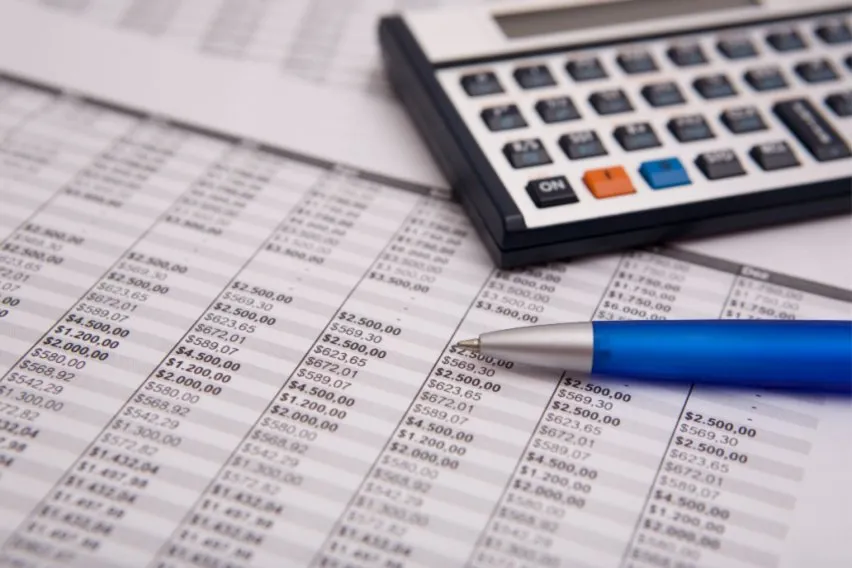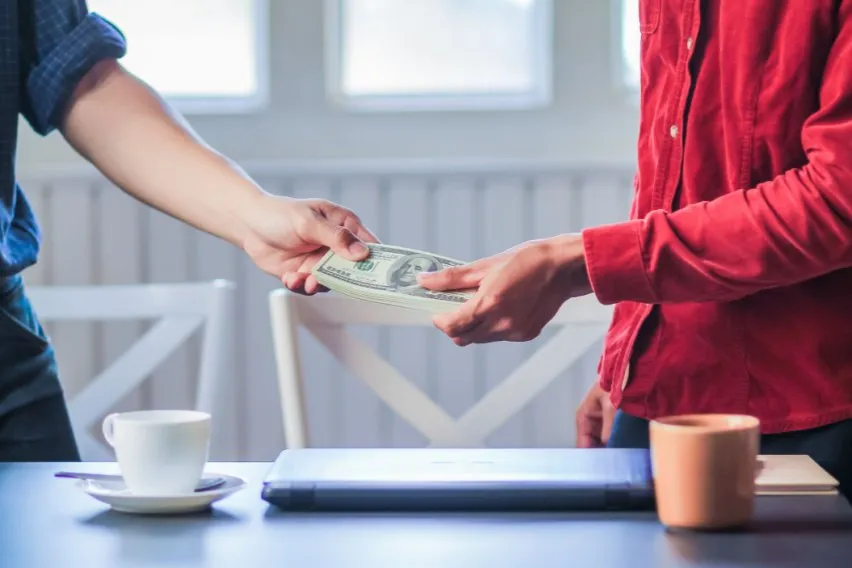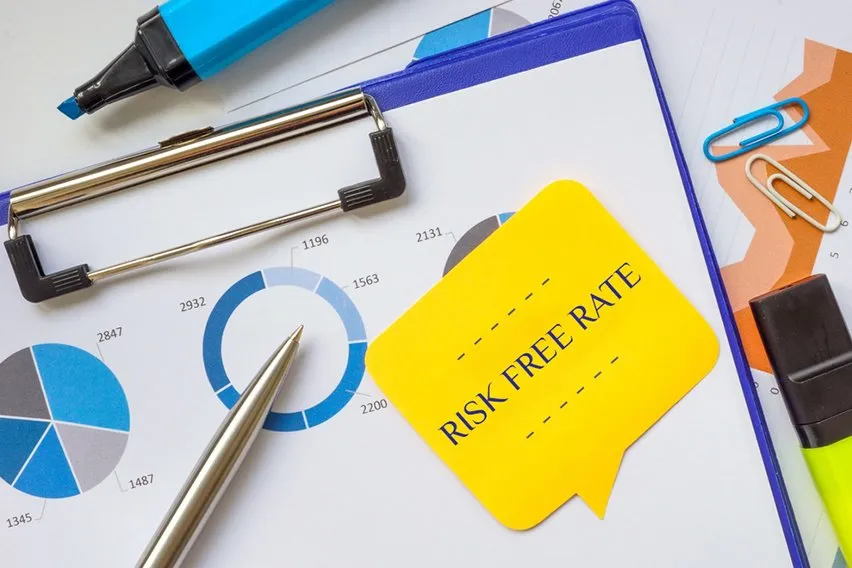What Is a Chargeback: Definition & How Does It Work

With technology evolving so fast, there are now more ways than ever for customers to make various online transactions. But, this also leads to the possibility of a fraudulent transaction or unauthorised transactions. It can also happen in a physical location or through billing errors.
But when this happens, is there a way to go through a payment dispute process? How can you get refunded for your credit card purchase? The good news is that you can initiate what’s known as a chargeback.
Keep reading to learn more. We’ll cover how the chargeback process works, how to file chargebacks, illegitimate chargebacks, and more!
Table of Contents
What Is a Chargeback?
When a customer challenges a charge made by your company and requests that the credit card company reverse it, this is known as a chargeback. Chargebacks are intended to shield customers from fraudulent transactions. But they can cause major headaches for companies.
The disputed funds are withheld from the company while the card issuer resolves the situation and makes a decision. Unfortunately, there may be a lot of paperwork and documentation involved in this process, which can take a long time.

How Do Chargebacks Work?
The process of going through a chargeback can depend on a few different factors. For example, the payment processing company you use might have different steps compared to others. Yet, the general process of how chargebacks work can be fairly similar.
Here is what you can typically expect:
- Processed purchase transaction: A customer uses a credit or debit card to make a purchase from your company. The transaction is completed, and the money is deposited into your company account.
- Customer challenges the charge: The customer notices the transaction and reports it to the bank, also known as the issuing bank, that issued their credit or debit card.
- The chargeback procedure starts: The issuing bank provides the cardholder with a temporary credit for the purchase before contacting your payment processor to start the chargeback procedure.
- Money is taken out of the merchant’s account: You’ll be informed of the chargeback after your payment processor learns about it, and the disputed funds will typically be deducted from your business account until the issue is resolved.
- Merchant has the option to contest the chargeback: You have the chance to contest the chargeback by submitting supporting documentation. In the event that you don’t reply to the chargeback notification, the issuing bank will frequently accept the customer’s dispute.
- The issuing bank decides: The issuing bank will review the documentation you submit to dispute the chargeback before making a determination. If the bank decides in your favour, the customer is responsible for paying and you receive the disputed funds back.
- Arbitration potential: When a chargeback dispute is brought to the relevant credit card network for resolution, if you or the customer are dissatisfied with the outcome, you can enter an arbitration process. This can be for the likes of American Express, MasterCard, Visa, and others.
What Causes Chargebacks?
It can be important to understand some of the reasons that you might need to initiate a chargeback. It can also be helpful to understand why some customers might decide to initiate a chargeback for a specific reason.
In most cases, chargebacks can be broken into two distinct categories. They are having a valid use for the chargeback process and for misusing the chargeback process. Let’s take a closer look at how each of these works.
A Valid Reason to Initiate the Chargeback Process
Below you will find some of the most common reasons that a customer might decide to start the chargeback process.
Shipping Issues
You might be subject to a chargeback if a customer claims they never received an item in the mail. Make sure you have a streamlined delivery system in place with tracking numbers available to avoid this situation.
Fraudulent Transactions
If someone notices a charge from your company but has never made a purchase from you, fraud may be taking place. This is probably going to result in a chargeback. One of the best things you can do is have an electronic point of sale (EPOS) that accepts contactless payments and chip cards. It helps to protect your business from this type of chargeback.
Since 2005, UK retailers have been able to benefit from the security advantages of chips and PINs. More so than ever, small businesses should consider a chip and PIN reader to be one of their essential tools.
Credit Not Processed
Mistakes or misunderstandings made during the credit process are another frequent cause. Customers return items expecting a refund, but they don’t immediately see the credit in their bank accounts. Make sure you have a solid system in place for handling returns and credits to help prevent this.
Additionally, when customers are purchasing or returning something, be sure to make it very clear what your return policy is. In this manner, everybody is in agreement.
Technical Problems
Customers might have unintentionally purchased something if your website isn’t operating properly. Or they might make a mistake during the checkout process. Integrate a trustworthy POS and e-commerce platform with a simple checkout procedure.
Unrecognisable Business Name
One of the most frequent causes of chargebacks is billing customers under an unclear company name. Let’s imagine that you sell coffee. Your store is called “London Coffee Shop,” but L.C.S. Enterprises is the name under which your company is registered. Customers may unintentionally start a chargeback for what they think was a fraudulent purchase when they see a charge from L.C.S. Enterprises. By having clear, consistent branding, you can reduce customer confusion.
Problems or Issues with a Product or Service
If a customer is unhappy with a product or service for any reason, they may occasionally issue a chargeback. Chargebacks for professional services may be the most challenging to arbitrate.
When the Chargeback Process Is Due to Misuse
Customers occasionally submit chargeback requests for reasons that aren’t technically valid. “Friendly fraud” is the term used to describe the accidental or intentional use of the chargeback process.
Here are some instances of chargeback abuse by customers:
- Avoiding the return process — If a customer feels that the return process is too complicated, they don’t understand it, or the return period has passed, they may elect to use the chargeback process instead.
- Non-recognition of the transaction — A customer may mistakenly file a dispute as an honest error if they forget they made the purchase or do not recognise the company name on their statement.
Lastly, there are instances where a customer makes a legitimate purchase from a business and then challenges the charge in an effort to avoid paying for it.
How to Prevent Chargebacks
Merchants can take some actions to stop some types of chargebacks from occurring, though there is no surefire way to stop chargebacks. Below are a few things you can do to help avoid the possibility of chargebacks occurring.
- Always make an effort to get a customer’s signature when making in-person purchases.
- Demand a legitimate government-issued ID before making any credit card purchases, and keep records of all such purchases.
- Have a simple, transparent return policy.
- Be sure your business is easy to identify on credit card statements.
- Make use of a delivery service that needs a signature when it arrives.
- Teach staff the best ways to handle both card-present and card-not-present transactions.
- Use a payment gateway or online payment processor that verifies the AVS on file for the card being used if you’re taking online orders.
- Give accurate product descriptions. Chargeback requests from customers who receive items that aren’t what they ordered are legitimate.
- Addressing customer service issues in a timely and polite manner.
It’s critical to contact your bank or payment processor as soon as possible if you receive a chargeback. If a merchant does not reply within the allotted time, many banks will simply process the chargeback on behalf of the customer.
Key Takeaways
A chargeback occurs when a customer disputes a charge made by a company. When this happens, the customer initiates a process to have the charge reversed. The issuing bank facilitates the process and if successful, the customer will see the charge reversed on their credit card statement.
There aren’t typically any chargeback fees that are associated with payment disputes. Some of the most common reasons for a customer to initiate a chargeback claim is due to credit card fraud. This is when the chargeback process begins. But not all chargebacks are successful. Sometimes they go in the merchant’s favour.
A great way to try and avoid this as a business owner is to use fraud prevention tools.
FAQs on Chargeback
Can Chargebacks Be Refused?
Yes. The cardholder may struggle to convince their bank to open a dispute if they don’t have a strong argument or don’t have a good enough reason for doing so. A chargeback can also be contested by merchants with evidence.
Are Chargebacks Illegal?
No, chargebacks are entirely legal as long as there is a valid reason.
Are Chargebacks Always Successful?
Not always. But, you can increase your chances of your chargeback being successful by providing the necessary documentation.
Why Do Companies Hate Chargebacks?
Chargebacks can cost extra money and take a long time to process. This can negatively affect a business by leading to lost revenue and additional fees.
Can a Customer Cancel a Chargeback?
Chargebacks can typically be cancelled in the same way they were initiated. This could be by getting in touch with the bank or payment provider via their website or by phone.
What Is the Difference Between a Chargeback and a Refund?
Refund or chargeback is typically your two options when contesting a transaction. A chargeback is handled by your card issuer, while a refund is handled by the merchant directly. Going straight to the retailer and asking for a refund should be the first step in the dispute procedure.
RELATED ARTICLES


 Profit and Loss Statement: What It Is, Importance & Example
Profit and Loss Statement: What It Is, Importance & Example Types of Budgets: 6 Common Budgeting Methods for Business
Types of Budgets: 6 Common Budgeting Methods for Business Retained Earnings: Definition, Formula & Example
Retained Earnings: Definition, Formula & Example Feasibility Study: Meaning, Types & Process
Feasibility Study: Meaning, Types & Process What Is Direct Debit Guarantee & Direct Debit Rules?
What Is Direct Debit Guarantee & Direct Debit Rules? What Is a Risk-Free Rate of Return? Definition & Example
What Is a Risk-Free Rate of Return? Definition & Example